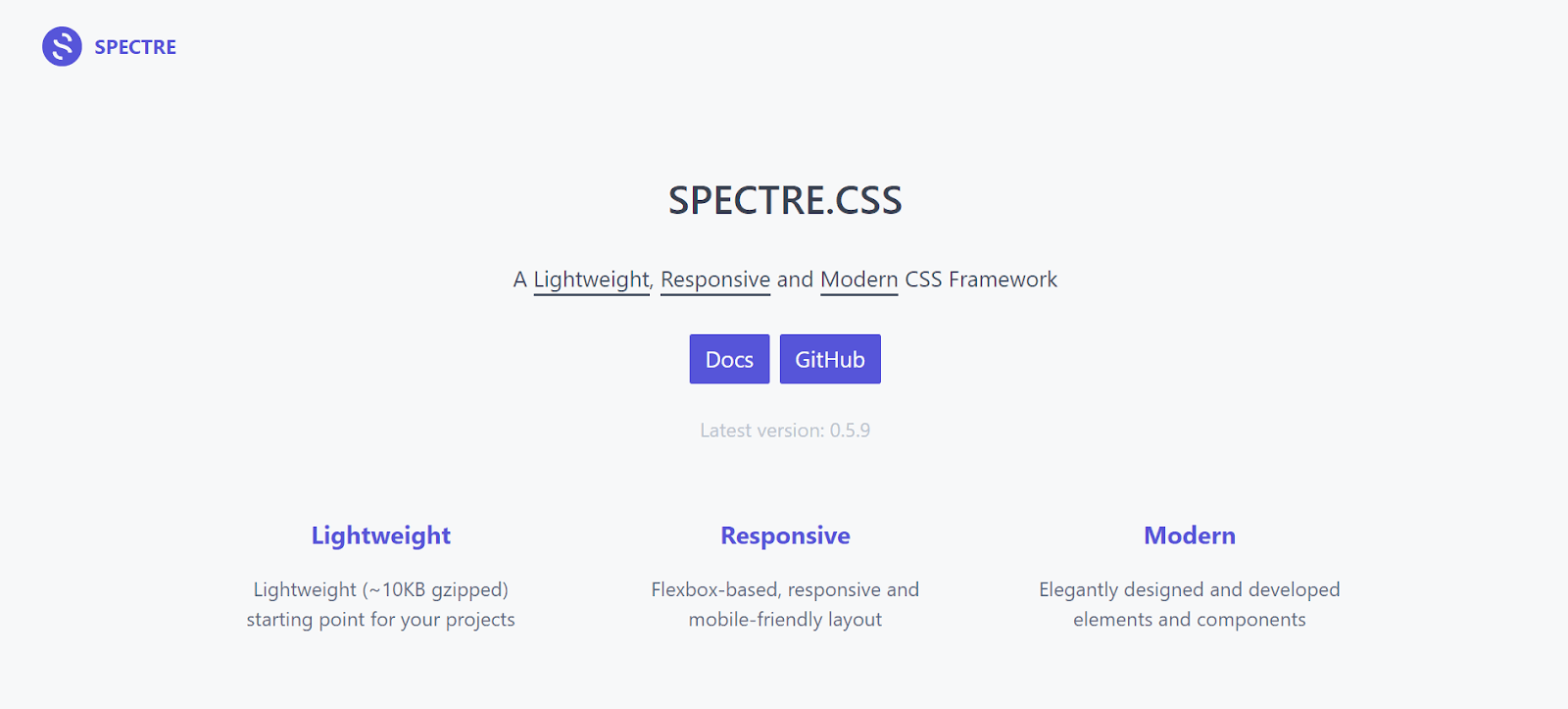Timeline Tales
Exploring the stories that shape our world, one timeline at a time.
CSS Frameworks: Your Secret Weapon for Stylish Websites
Unlock the power of CSS frameworks and design stunning websites effortlessly! Discover your secret weapon for style and efficiency today!
Understanding the Basics: What is a CSS Framework?
A CSS Framework is a pre-prepared library that is meant to be used as a base for styling web pages and applications. It provides a structured approach to CSS coding, allowing developers to save time and maintain consistency across different projects. There are various CSS frameworks available, each with its own set of features and components. Popular examples include Bootstrap, Tailwind CSS, and Foundation. By using such frameworks, developers can avoid repetitiveness and focus more on implementing unique design elements.
The primary advantage of using a CSS framework is responsiveness. Most frameworks come with a grid system that allows web pages to adapt seamlessly to different screen sizes. This ensures that users have an optimal viewing experience, regardless of the device they are using. Additionally, frameworks often include pre-defined styles and components such as buttons, forms, and modals, which can be easily customized to fit a site's design. For more in-depth information, you can visit MDN Web Docs.

Top 5 CSS Frameworks You Should Consider for Your Next Project
When embarking on a new web development project, choosing the right CSS framework can significantly impact both efficiency and design quality. In this article, we will explore the Top 5 CSS Frameworks you should consider:
- Bootstrap - Known for its responsiveness and extensive pre-built components, Bootstrap is a go-to choice for many developers looking for a quick setup.
- Tailwind CSS - This utility-first framework offers a highly customizable approach, allowing for unique design without the constraints of predefined styles.
Continuing our list, we have three more frameworks worth considering:
- Foundation - More tailored for advanced users, Foundation provides an array of tools for creating responsive websites with complex layouts.
- Pure.css - A minimalist framework, Pure.css is ideal for developers who prioritize small file sizes and speed.
- Bulma - With a modern design and a flexbox-based grid system, Bulma is great for developers looking for a stylish yet straightforward framework.
How CSS Frameworks Can Save You Time and Enhance Your Website Design
CSS frameworks are pre-prepared libraries that help streamline the web design process, providing a solid foundation for building responsive and aesthetically pleasing websites. By using a framework, developers can save time on routine tasks such as styling buttons, forms, and grids. Instead of starting from scratch, developers can leverage ready-to-use components and utility classes, leading to faster development cycles. The modular nature of frameworks also facilitates collaboration among team members, as they can work with a consistent set of styles and patterns, reducing disparities in design and improving overall product quality.
Additionally, CSS frameworks enhance website design by promoting best practices in web design. Most frameworks come equipped with responsive design capabilities, ensuring that websites look great on any device. As more users access websites from mobile devices, having a responsive design is not just an option—it's a necessity. Many frameworks, such as Bootstrap and Bulma, offer built-in grid systems that automatically adjust layouts based on screen size. This adaptability, combined with a wide range of customizable components, enables developers to create unique and professional designs while adhering to web standards effectively.